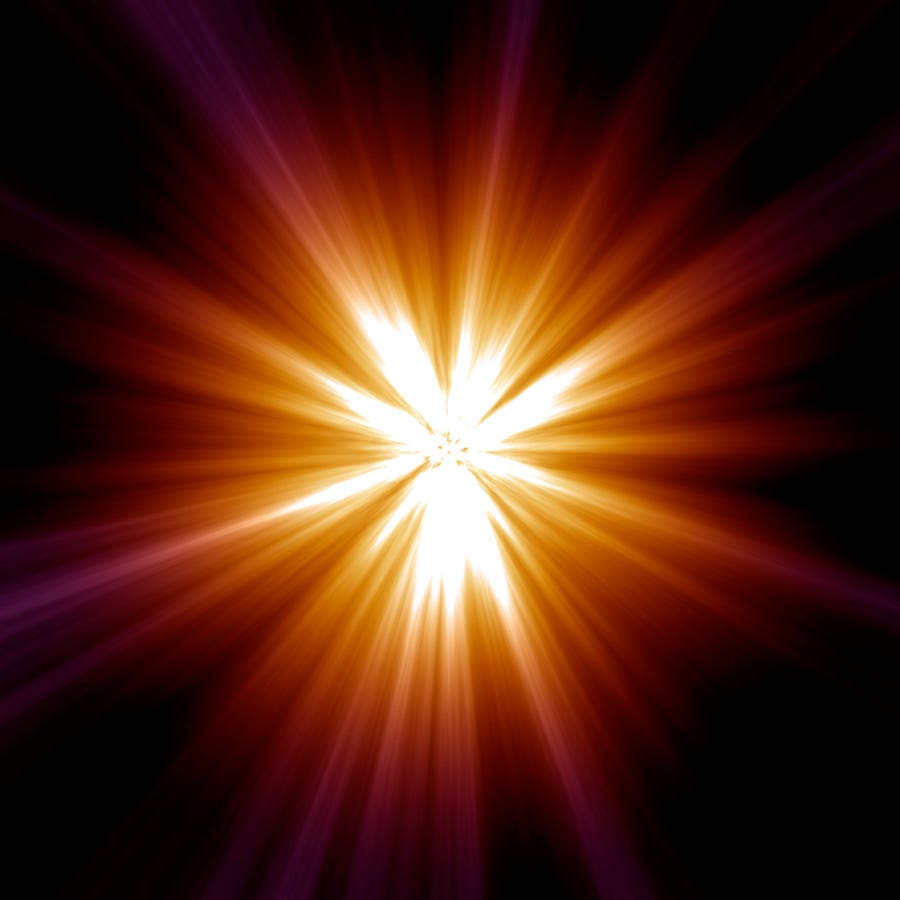All giant stars—those that are at least eight times larger than our sun—are destined to undergo a “core collapse.”
As the star exhausts its hydrogen and helium fuel it begins to fuse heavier elements like oxygen and carbon. It gets denser, forming an iron core within layers of gas.
Then the core collapses—a supernova, which briefly has the power of up to 100 billion stars. During the event the explosion sends the star’s outer layers into the cosmos together with high energy radiation X-rays and gamma rays.
What would happen if the solar system—and Earth—was in the way of those rays?
Supernova Blast Wave
Published in Astrophysical Journal Letters this week are details of a study of isotope ratios found in meteorites that suggest that a supernova exploded nearby while the sun and solar system were still forming 4.6 billion years ago.
So why wasn’t the nascent solar system destroyed by the supernova’s blast wave?
If a supernova went off in the vicinity of the sun right now, Earth’s ozone layer would be obliterated, removing our protection from the sun’s ultraviolet radiation. All life would be extinguished.
Astronomers think the “kill zone” around a supernova is about 50 light-years—while the closest star thought to be on the verge (in the next 100 million years) of going supernova being Betelgeuse at 550 light-years.
Birth Cocoon to the Rescue
We’re safe, but during the solar system’s first 100,000 years a supernova may have gone off within that “kill zone.”
What protected the solar system, say the authors of the study, was a filament of molecular gas—the “birth cocoon” of the solar system from which the sun and all the planets formed from. All stars form within dense filaments of molecular gas and dust within larger molecular clouds.
The suggestion is that the cloud acted as a buffer, protecting the young solar system from the supernova blast wave. The evidence comes from meteorites, which preserve information about the solar system at the moment of its creation.
The researchers found concentrations of a radioactive isotope of aluminum that suggest that shortly after the solar system began forming there was an injection of radioactive aluminum that was channeled down the filaments.
A nearby supernova explosion is the best candidate for this injection, say the researchers, who were led by Doris Arzoumanian at the National Astronomical Observatory of Japan.
Wishing you clear skies and wide eyes.
Read the full article here










